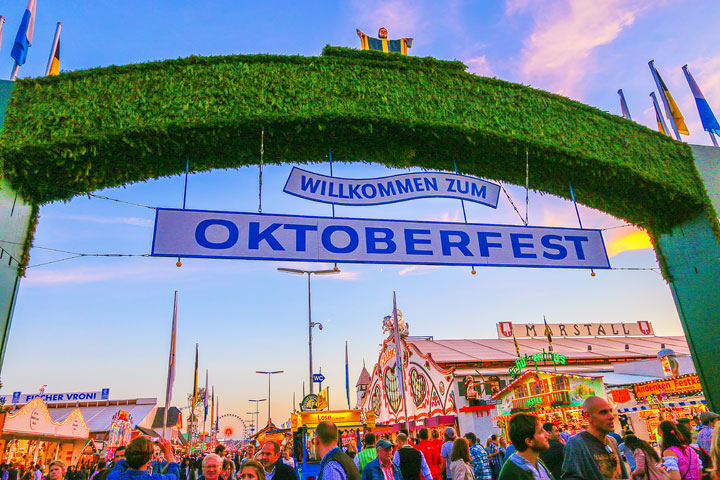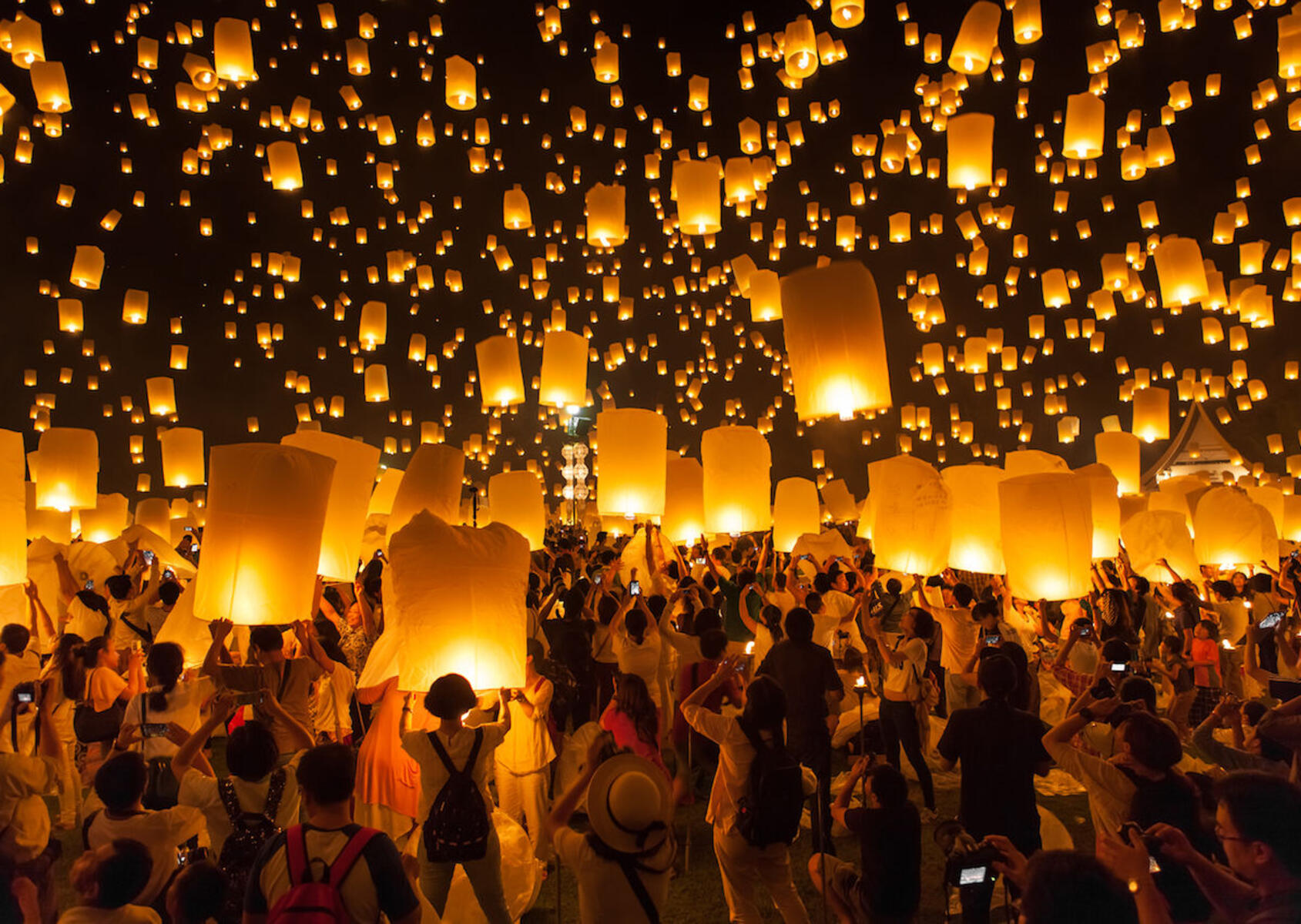Festivals Around the World Celebrating Culture Through Global Events
Festivals are a vibrant expression of culture, history, and community. They offer a unique opportunity to immerse oneself in the traditions and celebrations of different countries. For travellers seeking not only to explore new places but also to experience them deeply, attending global festivals provides an unforgettable cultural journey. In this article, we will explore some of the most iconic festivals around the world, showcasing how they celebrate culture through music, dance, food, and traditions.
1. Carnival – Rio de Janeiro, Brazil
Carnival in Rio de Janeiro is arguably the most famous festival in the world. This grand celebration is a dazzling display of music, dance, and color that attracts millions of visitors every year. The festival takes place before Lent, combining elements of Portuguese tradition with African influences, resulting in a unique and electrifying atmosphere.

What to Experience:
- Samba Parades: The highlight of Carnival is the Samba Parade, where samba schools compete in the Sambadrome, showcasing elaborate costumes, floats, and performances.
- Street Parties: Known as “blocos,” these street parties are scattered throughout the city, offering a more informal and lively way to experience the festivities.
- Cultural Significance: Carnival is not just a party; it’s a deep-rooted cultural event that reflects the rich history and diversity of Brazil.
2. Diwali – India
Overview: Diwali, also known as the Festival of Lights, is one of the most important festivals in India. It symbolizes the victory of light over darkness and good over evil. Diwali is celebrated with great enthusiasm across India, with each region adding its own unique traditions to the festival.
What to Experience:
- Lighting of Lamps: Homes and public spaces are illuminated with oil lamps and candles, creating a mesmerizing glow that represents the triumph of light.
- Fireworks: The night skies come alive with fireworks, symbolizing the joy and celebration of the festival.
- Cultural Significance: Diwali is a time for family gatherings, feasting on sweets, and sharing gifts, making it a festival that is both culturally significant and deeply personal.
3. Oktoberfest – Munich, Germany
Overview: Oktoberfest in Munich is the world’s largest beer festival, attracting millions of visitors each year. What began as a royal wedding celebration in 1810 has grown into a global event that celebrates Bavarian culture, beer, and camaraderie.

What to Experience:
- Beer Tents: Oktoberfest is famous for its massive beer tents, where visitors can enjoy traditional Bavarian beers brewed specifically for the festival.
- Traditional Attire: Many attendees don traditional Bavarian clothing, such as lederhosen and dirndls, adding to the authentic experience.
- Cultural Significance: Beyond beer, Oktoberfest offers a glimpse into Bavarian culture, with traditional music, dancing, and food.
- Altars: Families create altars (ofrendas) in their homes or cemeteries, adorned with photos, flowers, and the favorite foods of the departed.
- Parades: Many cities, particularly in Oaxaca and Mexico City, hold parades featuring skeleton costumes, face painting, and traditional music.
- Cultural Significance: The Day of the Dead is a deeply spiritual festival that emphasizes remembrance and the continuation of life’s journey.
4. Cherry Blossom Festival – Japan
Overview: The Cherry Blossom Festival, or Hanami, is a celebration of the fleeting beauty of cherry blossoms (sakura) in Japan. This festival takes place during the spring, when cherry trees across the country burst into bloom, creating a stunning spectacle.
What to Experience:
- Hanami Parties: People gather in parks to have picnics under the cherry blossoms, enjoying food, drink, and the company of friends and family.
- Nighttime Illumination: Many parks light up the cherry trees at night, offering a magical experience known as “yozakura.”
- Cultural Significance: The cherry blossoms symbolize the transient nature of life, making Hanami a time for reflection and appreciation of beauty.
5. Day of the Dead – Mexico
Overview: The Day of the Dead, or Día de los Muertos, is a Mexican festival that honors deceased loved ones. Unlike other festivals, it is a celebration of life and death, filled with vibrant colors, music, and food.
What to Experience
- Altars: Families create altars (offenders) in their homes or cemeteries, adorned with photos, flowers, and the favorite foods of the departed.
- Parades: Many cities, particularly in Oaxaca and Mexico City, hold parades featuring skeleton costumes, face painting, and traditional music.
- Cultural Significance: The Day of the Dead is a deeply spiritual festival that emphasizes remembrance and the continuation of life’s journey.
Festivals around the world offer a unique window into the heart of different cultures. They bring people together in celebration, reflecting the values, history, and traditions that define a community. Whether you’re dancing at Carnival in Brazil, marveling at the cherry blossoms in Japan, or participating in the Day of the Dead in Mexico, these global events provide a rich, immersive experience that goes beyond mere observation. For travelers seeking to connect with the soul of a destination, attending these festivals is an adventure not to be missed.




